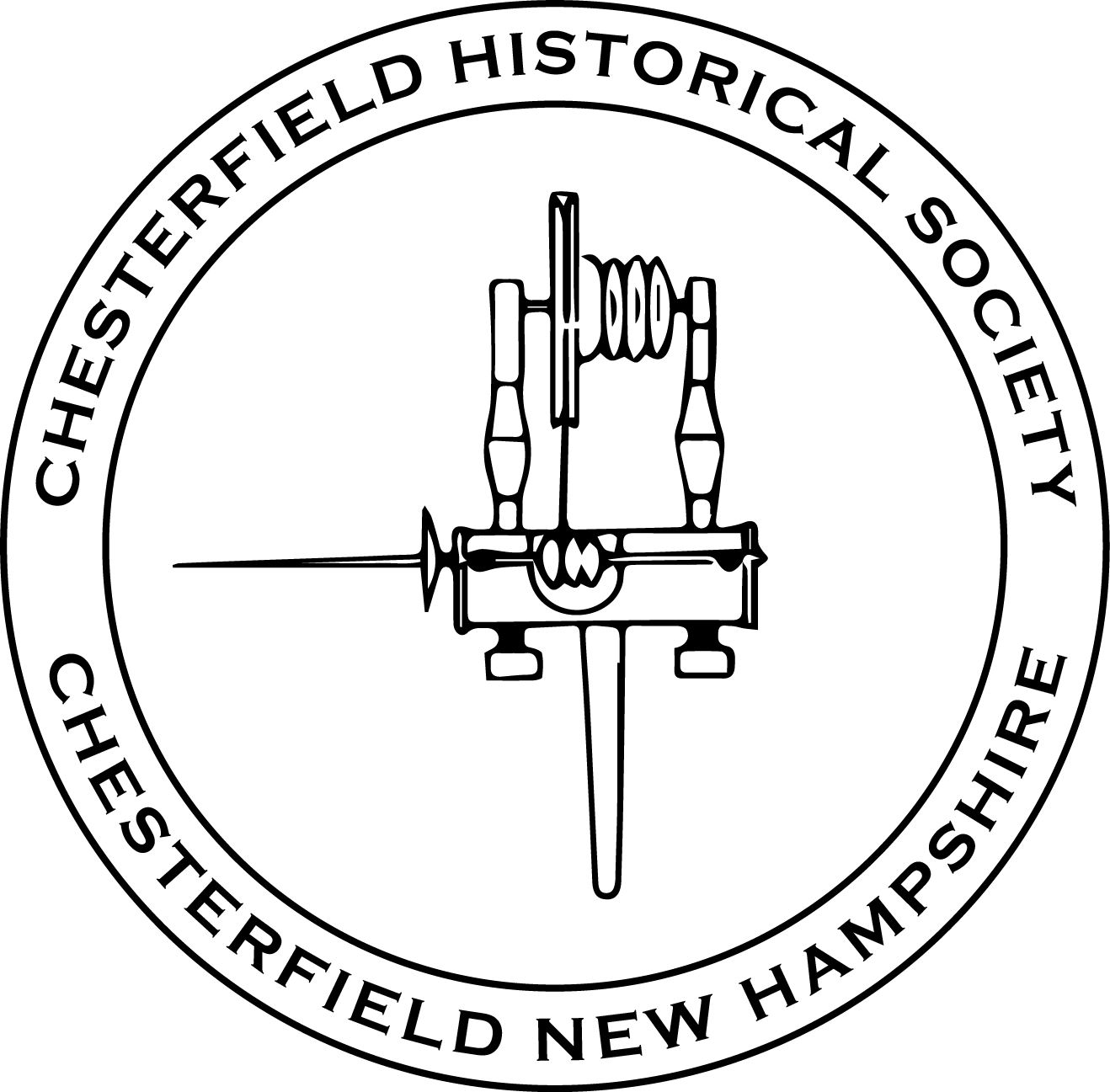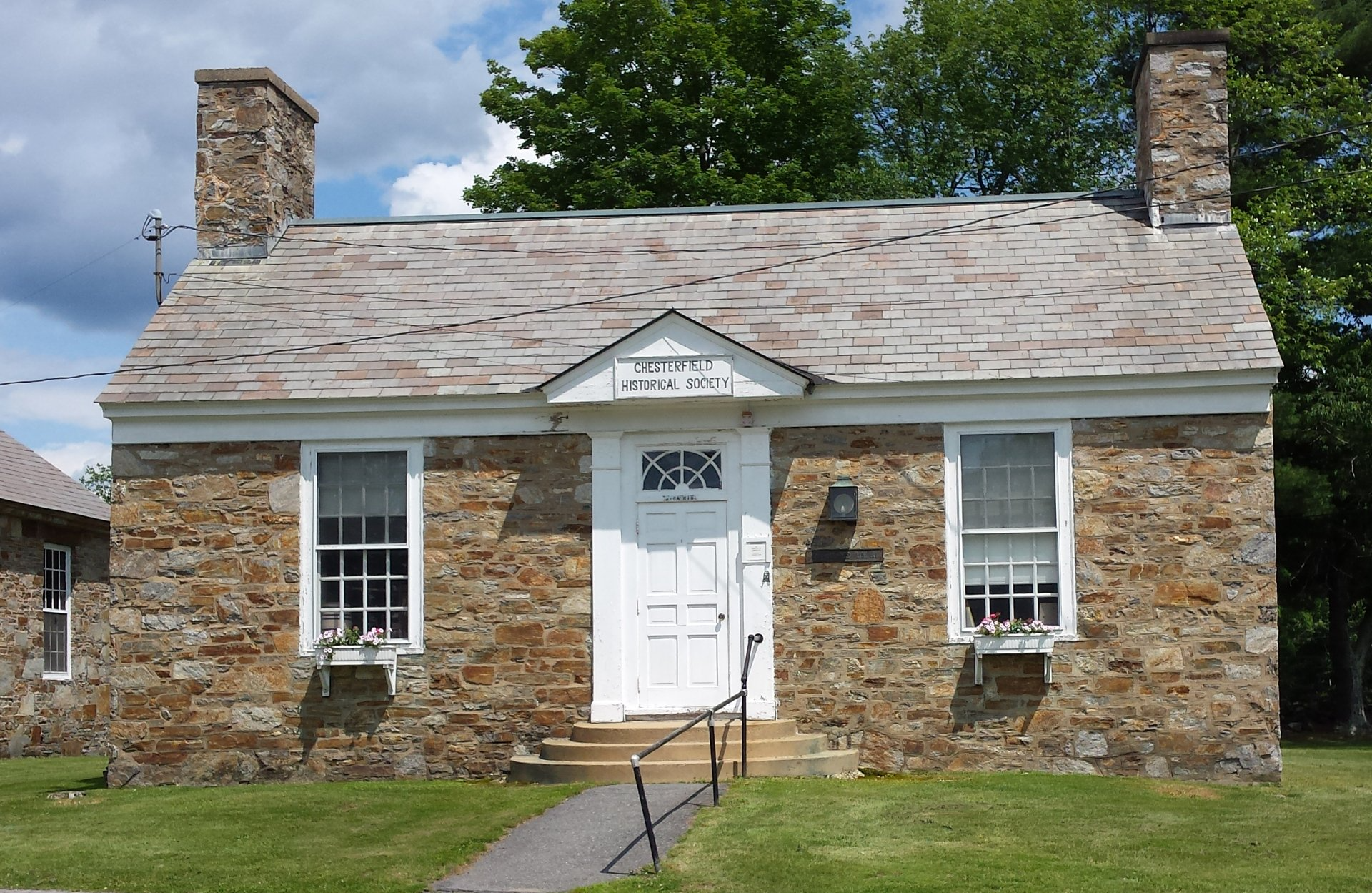The Western Abenaki
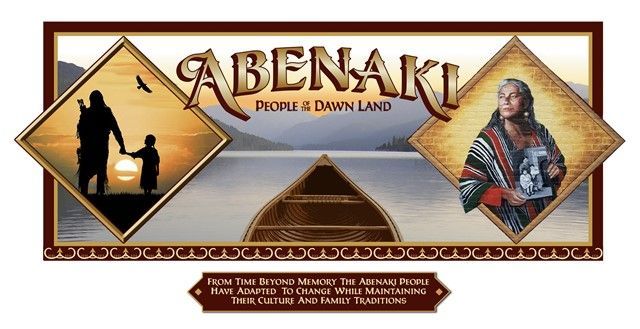
-
The Abenaki & Dawn Land
ButtonPowerPoint
Historically, the Abenakis have been divided into the Western and Eastern tribes. The Eastern Abenaki lived mostly in present day Maine. The Western Abenaki lived in what is now Eastern NY, Northern MA, Southwestern ME, VT, NH and north into Quebec. Previously, they called themselves Wabanaki (wo ba na key) and they considered themselves the “People from the Dawn Land (Wobanakiki)”. Today, most Abenakis refer to their homelands in MA, VT, NH, ME, and QC as N’dakinna (nn da kin na). Legally they are the Abenaki, but they refer to themselves as “Alnobak” (all no bak)”, The People.
Abenakis social structure was based on small kin-based bands led by a civil chief who advised the group and facilitated consensus-based decision making. Although there was a separate war chief, matters regarding war were decided by a general council of all adult men and women. A smaller council of chiefs and a representative from each family decided other important group issues. However, there was no regional organization until the Wabanaki Confederation in the mid-1600s. It was formed as a common defense against the encroaching Iroquois and Europeans.
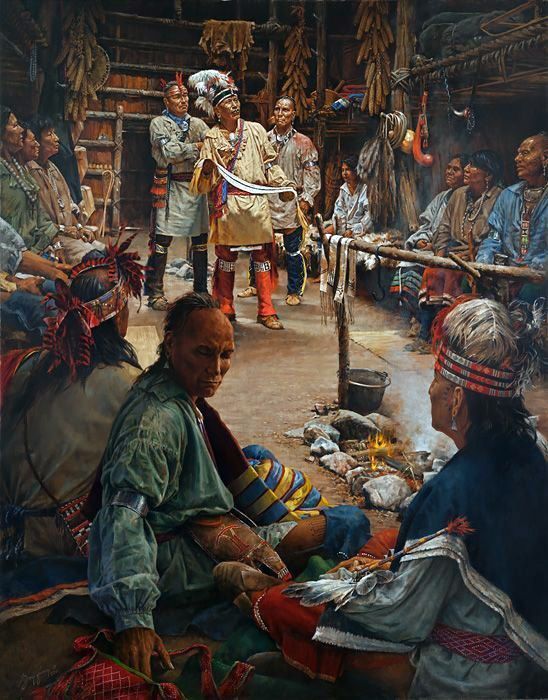
The Abenakis lived by an oral tradition that traces their heritage back 13,000 years to the “Years of the Adebaskedon (Mammoth)”. The complete list of eras can be found in Lauren Sopher’s Summary of “The Voice of the Dawn: An Autohistory of the Abenaki Nation”, by Frederick M. Wiseman. According to this book, 1,000 – 400 years ago, The Years of Corn, agriculture appeared and was embraced to augment their hunting, fishing, and gathering way of life.

Traditional Alnobak life revolved around the seasons. The year started with Zogalika (the sugar moon) when the maple and birch saps began to run. Bark crafts, especially canoes and dwellings, basketry, and longhouse construction were common activities. During the summer, hunting, gathering, planting, harvesting, and playing games like adowiz (ring and peg), gagwenigan (dice game) and babaskwahamawogan (lacrosse) were dominate. Fall meant the processing of field corn with the dakwahogan (pounding mortar), eel fishing season, and the main hunt of the year. Winter had the hunters return to the villages with their harvest. It was also a time of social renewal and games centered within wigwams and longhouses. Specialized clothing, such as perfected ogenak (snowshoes), allowed winter hunting and travel. Trade
throughout the region was prolific.
Life depended on natural resources which were cherished and protected. They followed the Seven Generation Rule. No one generation has more right to the resources than another. They considered themselves stewards of the land, safeguarding the future. Waste was not permitted, and the reciprocity was vital. One does not wait for a neighbor to ask for help, aid is given promptly and freely. Such actions will be remembered and returned in kind.
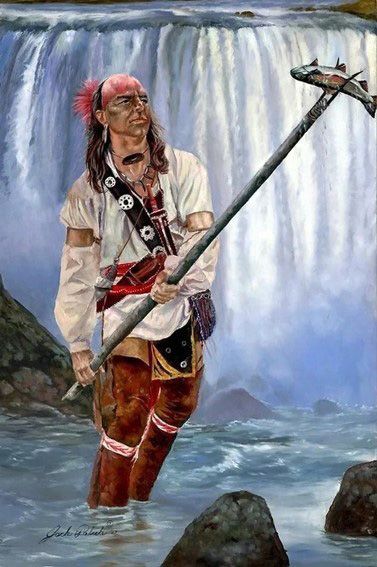

The Years of the Beaver, started with the introduction of the fur trade. This threw the entire region off balance. Besides disease of pandemic proportions, there were clashes over beaver hunting territories. For the first time their traditional respect for conservation, especially of game animals, was challenged. In exchange for information and/or furs, they received cloth, beads and iron items making everyday life easier. Possession of modern weapons was necessary for survival. Before long, their lands were being overrun and some fled to Canada where they had a better relationship with the French. Ultimately, their numbers were greatly reduced by war, disease, starvation, oppression, and displacement. However today, the Western Abenaki still persevere in bands or tribes. Five tribes are recognized by the State of VT, and three have organizations in NH. Their traditional way of life is gone, but their identity has not been forgotten.
Most of this information was compiled from UVM Place Program. The pictures were from Pinterest (the original sources were not listed), and the map was from the PowerPoint - The Abenaki & Dawn Land. The banner picture is a Keene Walldog mural.
